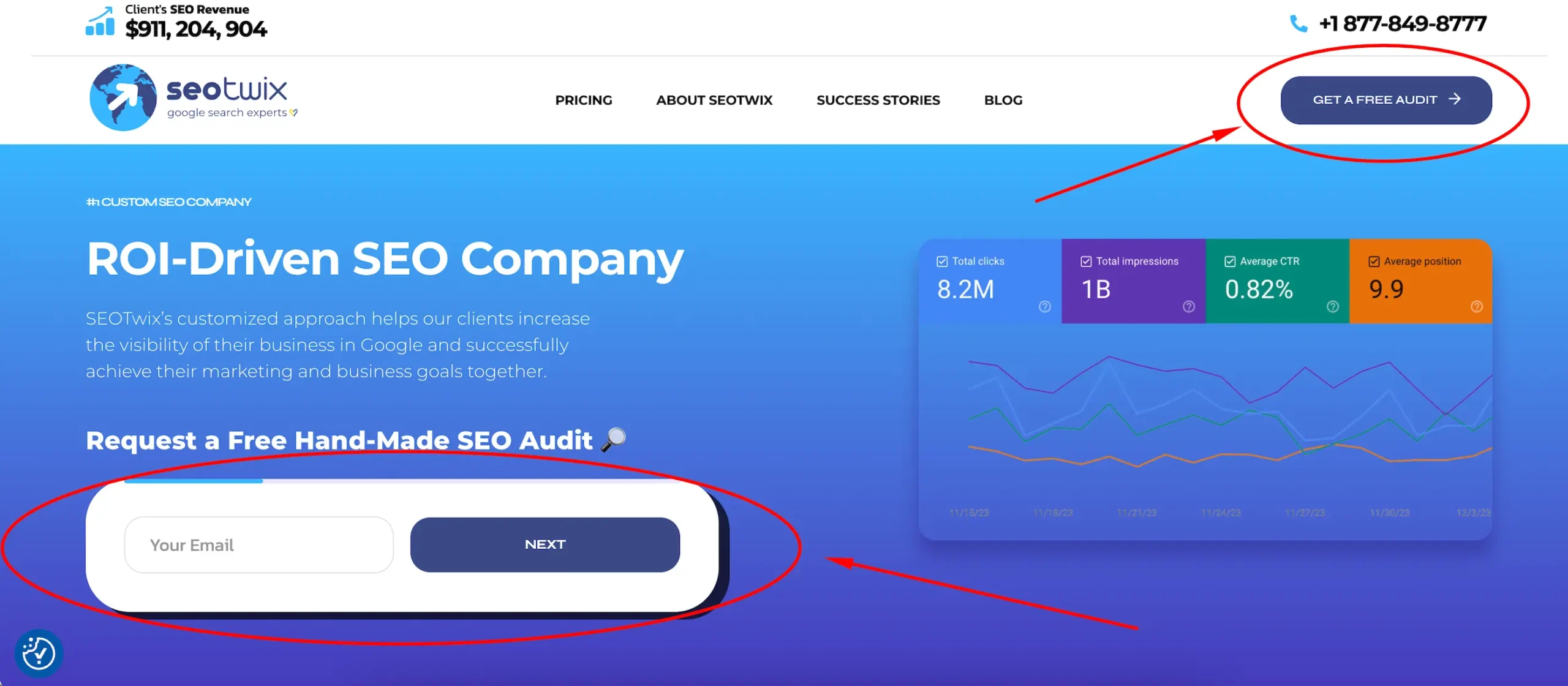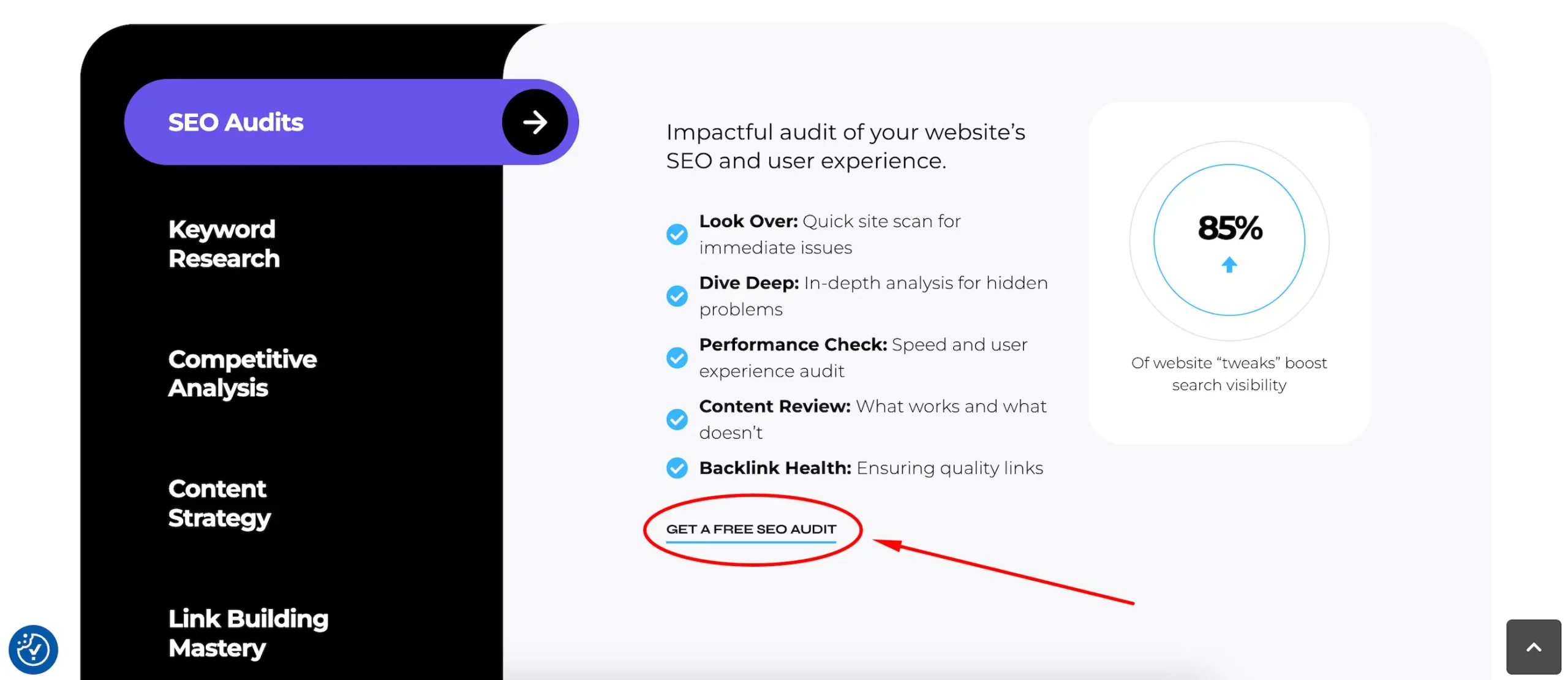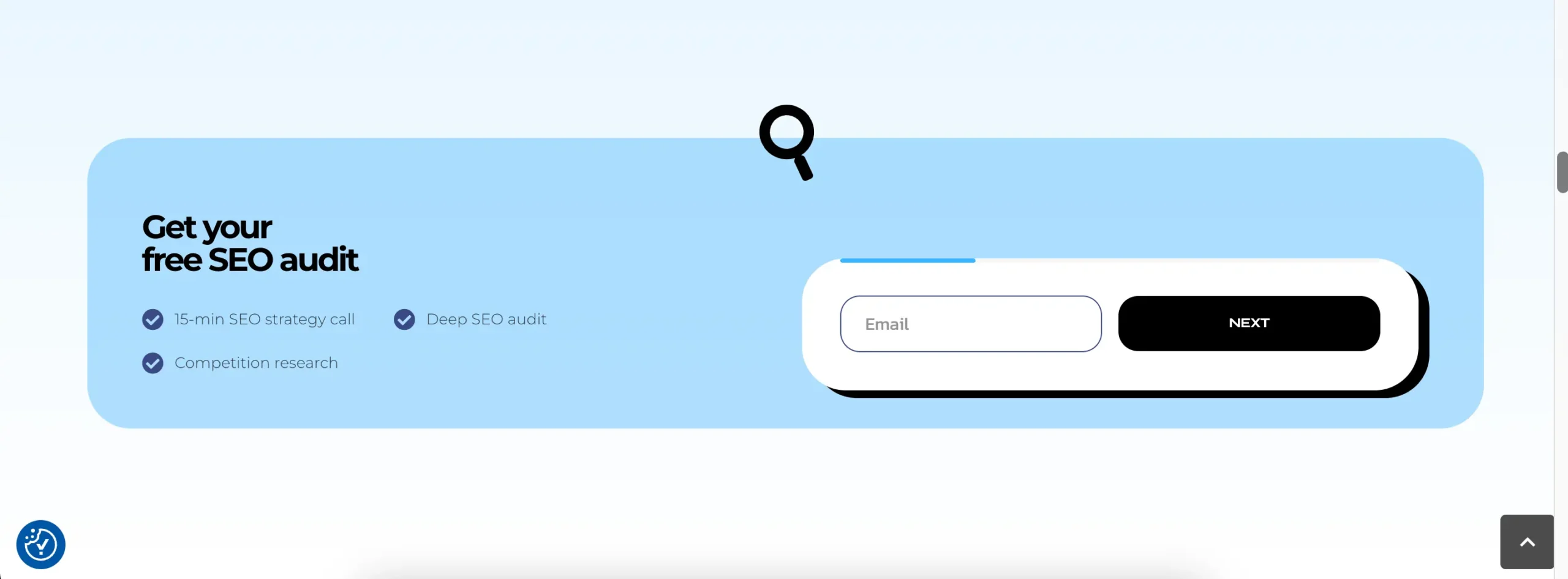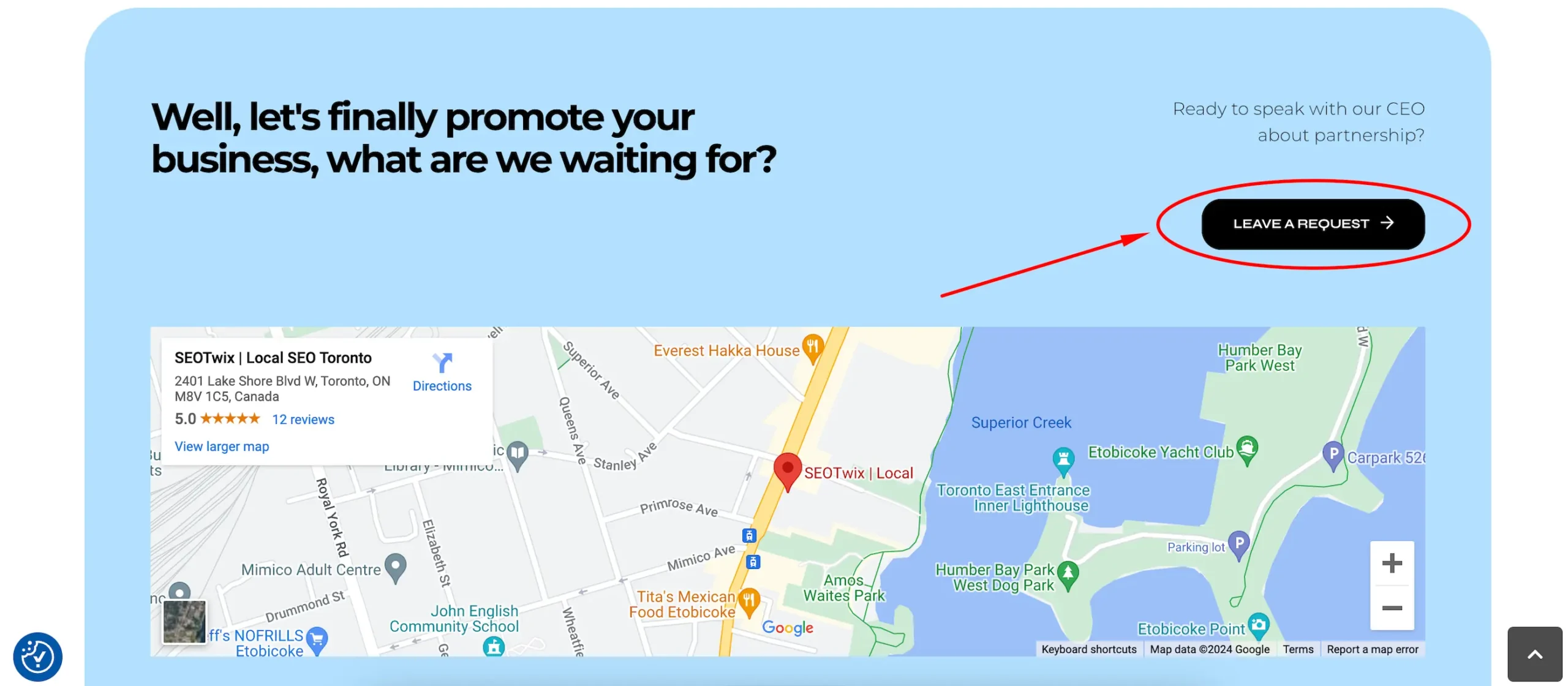In the world of digital marketing, a well-crafted Call-to-Action (CTA) statement can be a powerful tool to drive user engagement and increase conversions on your website. A CTA is a prompt that encourages visitors to take a specific action, such as making a purchase, signing up for a newsletter, or downloading a resource. In this article, we will explore what is a CTA, and the importance of CTAs and provide you with a comprehensive guide on how to create effective CTA statements that yield tangible results.
What is Call-to-Action?

A call to action (CTA) is a concise and compelling statement that prompts website visitors or users to take a specific action. It serves as a direct invitation to engage with your brand, whether it’s making a purchase, subscribing to a newsletter, downloading a resource, signing up for a free trial, or any other desired action that aligns with your marketing goals.
CTA in marketing plays a pivotal role as an indispensable component of digital strategies. These powerful tools guide users through the conversion funnel, prompting them to take the desired next step. By offering clear directions, CTAs eliminate confusion and provide visitors with a precise understanding of the action they should take on your website.
CTAs can be presented in various formats, such as buttons, text links, banners, or pop-ups, depending on their placement and purpose. The effectiveness of a CTA lies in its ability to grab attention, create a sense of urgency or excitement, and communicate the value proposition to the user.
Crafting a well-designed and persuasive CTA involves considering factors such as the target audience, the specific objective of the CTA, the positioning on the webpage, the language used, and the visual appeal. By optimizing these elements, businesses can significantly enhance user engagement, increase conversion rates, and achieve their desired marketing outcomes.
In the following sections of this article, we will delve deeper into the art of creating effective CTA statements and provide actionable tips on how to craft compelling CTAs that drive user engagement and boost conversions.
Understand the Purpose of Your CTA
Before creating a call to action statement, it is crucial to determine the desired outcome. Are you looking to generate leads, drive sales, increase newsletter subscriptions, or promote a specific offer? Clearly define the goal you want to achieve with your CTA, as it will guide your messaging and design choices. Understanding your objective helps you tailor your CTA to resonate with your target audience and align with your overall marketing strategy.
Use Clear and Compelling Language

A strong CTA statement should be concise, compelling, and action-oriented. Use action verbs that encourage users to take immediate action. For instance, instead of using generic phrases like “Click here” or “Learn more,” consider using more persuasive options like “Get your free e-book now” or “Start your 30-day trial today.” By using compelling language, you create a sense of excitement and motivate users to engage with your CTA.
Create a Sense of Urgency
To drive immediate action, instill a sense of urgency in your call to action statement. Incorporate words that convey time sensitivity, such as “limited time offer,” “exclusive deal,” or “available for a limited number of people.” By creating a fear of missing out, you encourage users to act promptly. Additionally, you can use countdown timers or deadlines to further emphasize the urgency and compel users to take action immediately.
Highlight the Value Proposition
A successful CTA statement communicates the value that users will gain by taking the desired action. Clearly articulate the benefits of your offering, whether it’s a discount, access to exclusive content, or solving a particular problem. Make it evident to users why they should click on your CTA and what they stand to gain. Use persuasive language that highlights the value proposition and addresses the pain points or desires of your target audience.
Ensure CTA Visibility

Positioning and visibility play a vital role in the effectiveness of your call to action. Place your call to action statement prominently on your webpage, preferably above the fold, where users can easily see it without scrolling. Consider using eye-catching design elements such as contrasting colors, larger fonts, or even arrows to draw attention to your CTA. The design should be visually appealing and consistent with your brand, making it easy for users to spot and understand the desired action.
Optimize Your CTAs for Mobile Devices
With the majority of internet users accessing websites on mobile devices, it is essential to optimize your call to action for mobile responsiveness. Ensure that your CTA button is large enough to be tapped with ease on smaller screens and that the surrounding text is legible. Mobile-friendly CTAs contribute to a seamless user experience and higher conversion rates. Test your calls to action across various devices to ensure they are displayed correctly and are user-friendly across different screen sizes.
A/B Test Your CTAs

Crafting effective CTAs often requires experimentation and fine-tuning. Conduct A/B tests by creating multiple versions of your CTA statements and analyzing their performance. Test different wording, colors, button placement, and even the overall design to identify the most effective combination. Continuously refine your calls to action based on the insights gained from these tests. Split testing allows you to make data-driven decisions and optimize your calls to action for maximum effectiveness.
An effective Call-to-Action statement is an indispensable element of any successful digital marketing strategy. By understanding your goals, using compelling language, creating urgency, highlighting the value proposition, ensuring visibility, optimizing for mobile devices, and conducting A/B tests, you can craft calls to action that inspire users to take action and drive the desired results. Remember that a well-crafted CTA can be the difference between a visitor simply browsing your website and a visitor converting into a customer or lead.
Invest time and effort in perfecting your CTAs, continuously monitoring their performance, and making necessary adjustments. By doing so, you can harness the full potential of your website’s traffic and drive meaningful engagement and conversions.
Lastly, it’s important to regularly analyze and evaluate the impact of your CTAs. Keep track of key metrics such as click-through rates, conversion rates, and overall engagement to measure the effectiveness of your calls to action and make informed improvements.
Crafting effective CTAs requires a combination of strategic thinking, understanding your target audience, and continuous optimization. With practice and experimentation, you can develop calls to action that compel users to take action, boost conversions, and contribute to the overall success of your digital marketing efforts. Embrace the power of well-crafted CTAs, and watch as they become valuable tools in your marketing arsenal.



